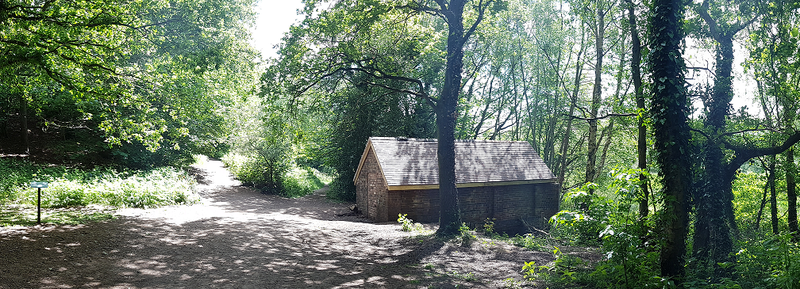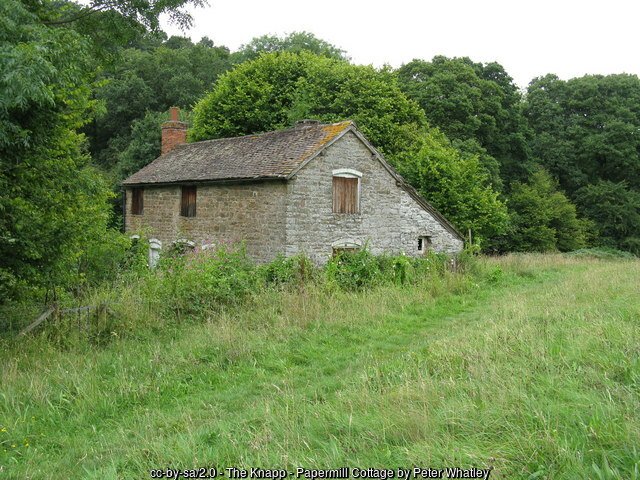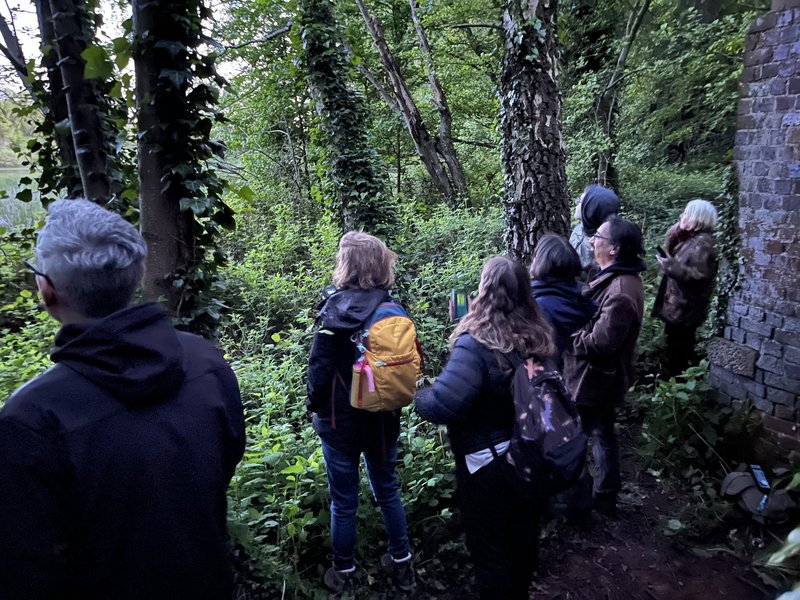We’re involved in a range of conservation projects to protect and study local bat populations. From habitat restoration and roost monitoring to citizen science and research, our work supports bat conservation across Worcestershire. By partnering with communities, wildlife organisations, and volunteers, we aim to safeguard bats and raise awareness of their role in our ecosystems.
Worcester Cathedral Lesser Horseshoe Bat Colony
We actively support the protection of a rare Lesser Horseshoe bat colony that has found an unlikely home roosting within the ancient walls of Worcester Cathedral. This remarkable site is not only steeped in historical and architectural significance but also serves as one of the few urban roosts for this elusive bat species in the country, elevating it to a critical conservation priority.

The challenges of conserving a bat colony in an urban environment like Worcester are multifaceted. Urbanisation leads to habitat fragmentation and increased human disturbances, which can negatively impact the bats. However, the successful roosting of the Lesser Horseshoe bats at Worcester Cathedral demonstrates the potential for wildlife to thrive in urban areas when given appropriate protection and consideration.
By actively supporting the conservation of this rare bat colony, we are not only safeguarding a protected species but also enriching the biodiversity within the urban landscape of Worcester. This initiative underscores the importance of urban conservation efforts and sets a precedent for how historical sites can play a pivotal role in supporting wildlife. Our continued commitment ensures that the Lesser Horseshoe bats will remain a cherished part of Worcester’s natural heritage for generations to come.
NBMP Surveys at Croome Court National Trust
Each year, our group participates in the National Bat Monitoring Programme (NBMP) by conducting surveys of a Lesser Horseshoe Bat colony located at the National Trust’s Croome Court. These surveys are an important part of our conservation efforts, helping to track the population trends of this rare and locally significant bat species.

The colony at Croome Court is one of the key roosts for Lesser Horseshoe Bats in Worcestershire, and monitoring its health is vital for understanding the status of the species both locally and nationally. During the surveys, we record the number of bats present, observe their behavior, and assess the condition of their roosting environment. The data we collect contributes to the national monitoring programme, which aims to assess the long-term trends in bat populations across the UK.
We're proud to work in partnership with the National Trust to ensure the continued protection of this important bat colony. The surveys not only provide valuable scientific data, but they also raise awareness of the conservation needs of Lesser Horseshoe Bats, a species that relies heavily on undisturbed roosts and carefully managed habitats. Through these efforts, we aim to contribute to the ongoing conservation of this remarkable species and the preservation of its roosts at Croome Court.
Bat "Hotel" at Hurcott Pool
Members helped transform a derelict boathouse at Hurcott Pool in Kidderminster into a thriving habitat for bats, affectionately known as a bat “hotel.”

The project began with cleaning up the boathouse, which had fallen into disrepair after years of neglect. Volunteers removed debris, repaired structural damages, and ensured the building was safe and suitable for its new occupants. They installed bat boxes and created roosting spaces by adding crevices and nooks within the boathouse, carefully designed to mimic natural habitats. These modifications provided the bats with sheltered areas to rest, breed, and rear their young away from predators and human disturbances.
By transforming the boathouse into a bat hotel, they created a vital roosting site for various bat species, such as the common pipistrelle and the brown long-eared bat. These species are essential for controlling insect populations, as a single bat can consume thousands of insects in one night, reducing the need for chemical pesticides and promoting a healthier environment.
This initiative significantly contributed to local conservation efforts by enhancing biodiversity and supporting species that are protected under conservation laws due to declining populations. The project also served as an educational platform, raising awareness within the community about the importance of bats and encouraging others to participate in wildlife preservation. By providing a safe haven for bats at Hurcott Pool, the members not only enriched the local ecosystem but also set an inspiring example of how community involvement can make a substantial impact on conservation.
Big Bat Night at the Knapp and Papermill Reserve
Each year, our group hosts the much-anticipated Big Bat Night at The Knapp and Papermill, a stunning Worcestershire Wildlife Trust reserve. This event has become a highlight of the local conservation calendar, offering a unique opportunity for people of all ages to experience the beauty of the reserve while learning about the fascinating world of bats.

The evening begins with an introductory talk about the bat species that make their home at The Knapp and Papermill. Expert bat enthusiasts share insights into the behavior, habitats, and conservation needs of these remarkable creatures, setting the stage for an exciting evening of bat-spotting.
As dusk falls, participants are equipped with bat detectors and guided through the reserve’s woodland paths and along the riverbanks to listen for the distinct echolocation calls of different bat species. The rich diversity of habitats at The Knapp and Papermill, from woodlands to wetlands, makes it an ideal spot to observe a variety of species, including the elusive Lesser Horseshoe Bat. The event is a wonderful way to connect with nature and discover the vital role bats play in our ecosystems.
The Big Bat Night is always a popular event, attracting families, nature lovers, and those new to the world of bats. It’s a fantastic way to raise awareness about bat conservation while enjoying the beautiful surroundings of one of Worcestershire’s most treasured wildlife reserves.
Public Bat Walks
We regularly organise public bat walks and collaborate with local community and wildlife groups to raise awareness about bat conservation and share the wonders of bats with the wider public.

These evening excursions allow participants to observe bats in their natural habitats, using bat detectors to hear their echolocation calls. Guided by experienced conservationists, attendees learn about bat behavior, diet, and their crucial role in maintaining ecological balance by controlling insect populations.
Winter Talks
During the hibernation season, when bats retreat to their roosts and field activities diminish, we host a range of talks on bat-related topics to keep our community engaged. These indoor events provide an excellent opportunity for members to deepen their understanding of these remarkable mammals.

By featuring expert speakers such as bat ecologists, conservationists, and researchers, we explore various subjects including bat biology, behavior, conservation challenges, and the latest scientific findings.
These talks not only educate but also inspire members by highlighting the critical role bats play in our ecosystems and the efforts needed to protect them. Topics may range from the importance of bat habitats and the threats they face, to discussions about specific species and their unique adaptations.